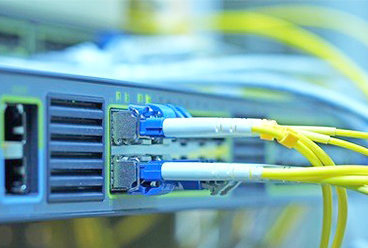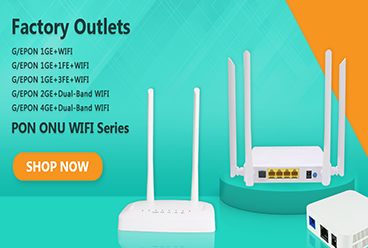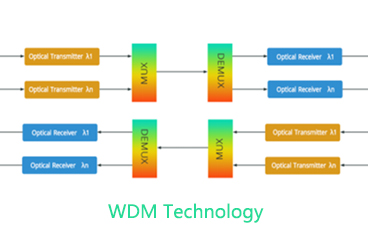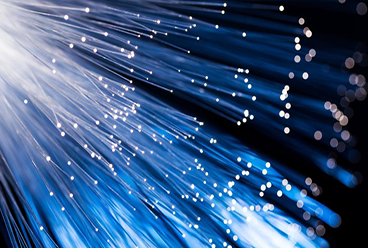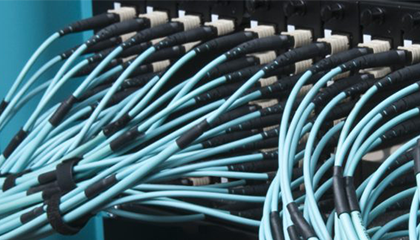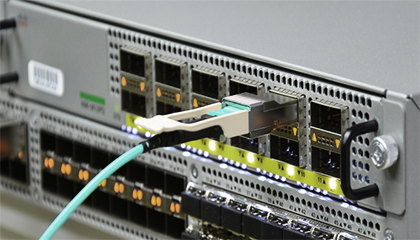Fiber Optic Transceiver Module Selection
With the wide range of fiber optical transceiver modules, more and more customers are paying attention to the stability and reliability of the module itself. There are three popular fiber optical transceiver modules on the market: original fiber optic modules, used fiber optic transceiver modules, and compatible fiber optic modules. As we all know, the price of original fiber optic transceiver modules is very high, and many manufacturers can only be discouraged. As for the second-hand fiber optic transceiver module, although its price is relatively low, the quality is not guaranteed, and the phenomenon of packet loss will occur after half a year of use. As a result, many manufacturers have turned their attention to compatible fiber optic transceiver module. Indeed, the compatible fiber optic transceiver module is in use, its performance is almost the same as the original fiber optic transceiver module, and the price is several times cheaper than the original fiber optic transceiver module, which is why the compatible fiber optic transceiver module can be hot. However, the products on the market are mixed, and many merchants have shoddy and mixed fish, which has caused certain difficulties in the selection of optical modules. Let's talk about the choice of fiber optic transceiver modules.
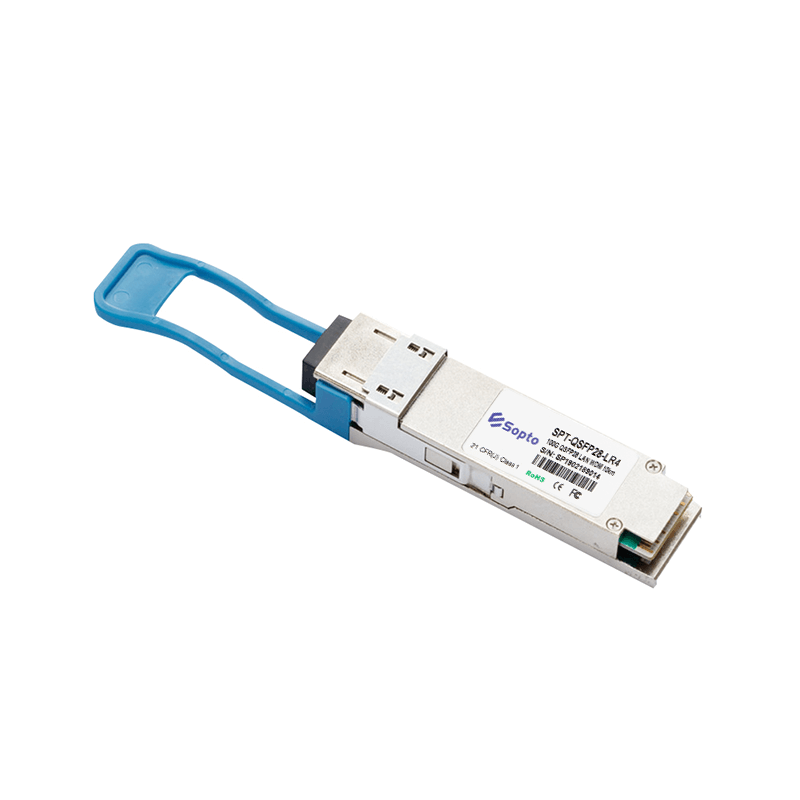
First of all, the first question, how do we distinguish between new optical modules and second-hand fiber optic transceiver modules? As mentioned above, second-hand fiber optic transceiver modules often experience packet loss after half a year of use, which is caused by unstable optical power and reduced light sensitivity. If we have an optical power meter, we can take a test and see if its optical power is consistent with the parameters in the data sheet. If the access is too large, it is a used fiber optic transceiver modules.
Then observe the use of the fiber optic transceiver modules after sale. A normal fiber optic transceiver modules has a service life of 5 years. It is difficult to see the quality of the fiber optic transceiver modules in the first year, but it can be seen in the second or third year of its use.
Second, look at the compatibility between the fiber optic transceiver modules and the device. Before the consumer buys, they need to communicate with the supplier to tell them which brand of equipment they need to use.
Finally, we also need to look at the temperature adaptability of the fiber optic transceiver modules. The temperature generated by the fiber optic transceiver modules itself is not high, but its general working environment is in the equipment room or on the switch. If the temperature is too high or too low, it will affect its optical power, light sensitivity and other parameters. Generally, the temperature of the fiber optic transceiver modules used can be in the range of 0 to 70 ° C. If it is in an extremely cold or extremely hot environment, an industrial grade -40 to 85 ° C fiber optic transceiver module is required.
Fiber Optic Transceiver Modules Installation
Preparation: Wear anti-static gloves or anti-static bracelet
1. Smoothly push the optical module along the inner rail into the preset slot of the device;
2. Remove the dust cap of the fiber optic transceiver modules.
3. Insert the fiber connector into the fiber optic transceiver modules.

Fiber Optic Transceiver Modules Remove
Preparation: Wear anti-static gloves or anti-static bracelet
1. Disconnect the fiber connector from the fiber optic transceiver modules;
2. Pull down the retaining ring (security lock) and pull the fiber optic transceiver modules out of the slot.
3. Insert the dust plug into the optical port of the SFP module and install it in a metal electrostatic bag.

Other Details
If the function of the fiber optic transceiver module is found to be ineffective during use, do not worry, check carefully and analyze the specific cause. Generally, there are two main types of fiber optic transceiver modules failures, namely, the failure of the transmitting end and the failure of the receiving end. The most common reasons are mainly the following:
1. The optical port of the optical module is exposed to the environment, and the optical port is contaminated by dust;
2. The end face of the used fiber optic connector is already contaminated, and the fiber optic transceiver module port is secondaryly contaminated;
3. The end face of the optical connector with pigtail is improperly used, and the end face is scratched;
4. Use a poor quality fiber optic connector.
5. Therefore, after purchasing the fiber optic transceiver module correctly, pay attention to the cleaning and protection of the fiber optic transceiver module during normal use. After using it normally, it is recommended to put a dust plug when not in use. Because if the optical contacts are not clean, it may affect the signal quality, which may cause LINK problems and bit error problems.
Tags : fiber optic module , fiber optic transceiver
— END —




